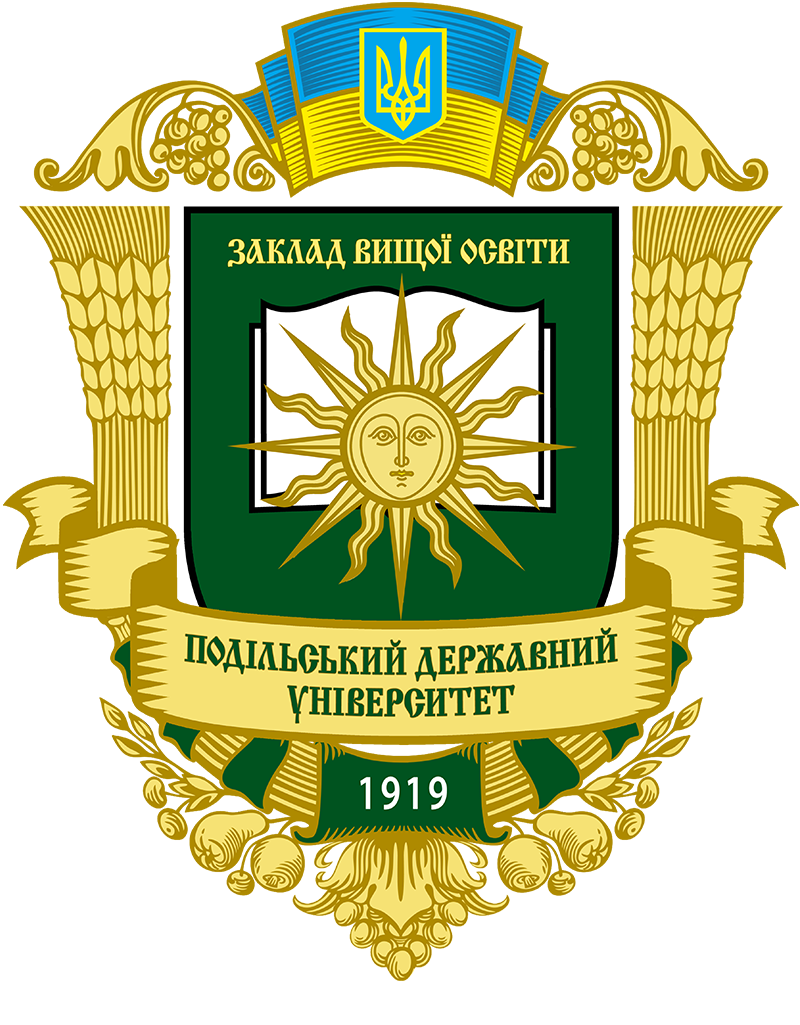INFLUENCE OF THE TEMPERATURE FACTOR IN DIFFERENT VENTILATION SYSTEMS ON THE PHYSIOLOGICAL PARAMETERS OF BOARS
DOI:
https://doi.org/10.37406/2706-9052-2023-4.3Keywords:
pigs, temperature, geothermal ventilation, physiological parameters, thermoneutral zone, hyperthermia, welfare.Abstract
Extreme climatic conditions are a challenge for the adaptation of animals, including pigs. Heat stress causes damage to the pig industry and pig welfare, as it reduces productive traits of pigs, slows down or stops sexual cycles, reflexes, reduces quality fertilization, etc. In order for farmers to control the microclimate of livestock premises, a number of air ventilation systems are used. The article presents the results of measurements and analysis of temperature oscillations depending on the type of ventilation system in the boar housing during the month of August and the impact on their physiological parameters. Experimental studies were conducted during 2021, with a total of 18 boars of the Large White, Landrace and Duroc breeds used at PJSC Stepnoy Stud Farm in Zaporizhzhya region. The rules for handling boars in the experiment were in line with the legislation on the protection of animals and their comfort kept on farms. The results of the experiment show that with geothermal ventilation in the housing there was a «basement effect», which caused a decrease in air temperature by 5.9 °C (p<0.05) in the area where boars lay at a distance of 25–30 cm from the floor, and in the area where animals stood (60–70 cm from the floor) – by 7.3 °C (p<0.05), relative to the transverse ventilation system. Boars kept in housing with a transverse ventilation system had significantly (p<0.05) higher respiratory rate – by 50.9 beats/min and heart rate – by 45.7 beats/min compared to similar boars with a cooled air supply. The effect of air temperature under different ventilation systems for keeping boars on their metabolism shows that at higher temperatures of the comfort zone, boars reduce their activity with the possibility of increased heat transfer directly through the skin and surface evaporation of water. At indoor temperatures above 30 °C, thermoregulation mechanisms fail and body temperature rises. At an indoor air temperature of 35 °C, the body temperature rises to 42 °C or more, breathing becomes more frequent, refusal to eat is observed, and coma and death quickly follow. Adult pigs are more tolerant of low temperatures.
References
Аналіз біометричних даних у розведенні та селекції тварин : навчальний посібник / С. С. Крамаренко, С. І. Луговий, А. В. Лихач, О. С. Крамаренко. Миколаїв: МНАУ, 2019. 211 с.
Відомчі норми технологічного проектування Свинарські підприємства (комплекси, ферми, малі ферми), ВНТП- АПК – 02.05. К. : Мінагрополітики України, 2005. 98 с. URL : https://lugdpss.gov.ua/images/bezpechnist_veterynariya/Svynarski-pidpryyemstva-VNTP-APK-02.05.pdf
Наказ Міністерства розвитку економіки, торгівлі та сільського господарства України № 224 від 08.02.2021 «Про затвердження вимог до благополуччя сільськогосподарських тварин під час їх утримання». Зареєстрований від 18.02.2021 Міністерством Юстиції України № 206/35828.
Adebiyi O.A., Muibi M.A., Alaba O. Nigerian Performance and behavioural characteristics of Pigs as affected by types and duration of evaporative cooling. Nigerian Journal of Animal Science, 2017. Vol. 19(2). P. 103–113.
Botto Ľ., Lendelová J., Strmeňová A., Reichstädterová T. The effect of evaporative cooling on climatic parameters in a stable for sows. Research in Agricultural Engineering, 2014. Vol. 60. P. 85–91. https://doi.org/10.17221/40/2013-RAE
Bracke M.B.M. Review of wallowing in pigs: Description of the behaviour and its motivational basis. Applied Animal Behaviour Science, 2011. Vol. 132(1-2). P. 1–13. https://doi.org/10.1016/j.applanim.2011.01.002
Council Directive 2008/120/EC of 18 December 2008 laying down minimum standards for the protection of pigs (Codified version). Official Journal оf the European Union. L 47. 18.2.2009. P. 5–13.
Council Directive 2010/63/EC of 22 September 2010 on the protection of animals used for scientific purposes. Official Journal of the European Union. L 276/33. 22.09.2010. Р. 15–47.
Dekker M. The effect of temperature and activity patterns on lying behaviour and space use in conventional housed fattening pigs. PhD Thesis. Wageningen University. Wageningen, 2015. 165 p.
Gody D., Herbut P., Angrecka S., Corrêa Vieira F.M. Use of Different Cooling Methods in Pig Facilities to Alleviate the Effects of Heat Stress – A Review. Animals, 2020. Vol. 10(9). P. 1459. https://doi.org/10.3390/ani10091459
Gourdine J-L., Rauw W.M., Gilbert H., Poullet N. The Genetics of Thermoregulation in Pigs: A Review. Frontiers in Veterinary Science, 2021. Vol. 8. P. 770480. https://doi.org/10.3389/fvets.2021.770480
Huynh T.T.T., Aarnink A.J.A., Truong C.T., Kemp B., Verstegen M.W.A. Effects of tropical climate and water-cooling methods on growing pigs’ responses. Livestock Science, 2006. Vol. 104(3) P. 278–291. https://doi.org/10.1016/j.livsci.2006.04.029
Huynh T.T.T., Aarnink A.J.A., Heetkamp M.J.W., Verstegen M.W.A., Kemp B. Evaporative heat loss from group-housed growing pigs at high ambient temperatures. Journal of Thermal Biology, 2007. Vol. 32(5). P. 293–299. https://doi.org/10.1016/j.jtherbio. 2007.03.001
Kanis E., van den Belt H., Groen AF., Schakel J., de Greef KH. Breeding for improved welfare in pigs: a conceptual framework and its use in practice. Animal Science, 2004. Vol. 78(2). P. 315–329. https://doi.org/10.1017/S1357729800054102
Lykhach A., Lykhach V., Barkar Y., Shpetny M., Kucher O. Dependence between behavioural acts and sperm parameters of boars of modern and local breeds of Ukraine. Journal of Animal Behavioural and Biometeorology, 2023. Vol. 11(1). e2023008. http://dx.doi.org/10.31893/jabb.23008
Marchant-Forde J.N., Rodenburg T.B. Future directions for applied ethology. In: Brown J, Seddon Y, Appleby M, editors. Animals and Us: 50 Years and More of Applied Ethology. Wageningen: Wageningen Academic Publishers, 2016. P. 297–318.
Nienaber JA., Brown Brandl TM. Heat Stress Effects on Growing-Finishing Swine. In Proceedings of the 25th Annual Carolina Swine Nutrition Conference, Raleigh, NC, USA; 2009. P. 654–687.
Parois S.P., Cabezón F.A., Schinckel A.P., Johnson J.S., Stwalley R.M. and Marchant-Forde J.N. Effect of Floor Cooling on Behavior and Heart Rate of Late Lactation Sows Under Acute Heat Stress. Frontiers in Veterinary Science, 2018. Vol. 5. P. 223. https://doi.org/10.3389/fvets.2018.00223
Ross J.W., Hale B.J., Gabler N.K., Rhoads R.P., Keating A.F., Baumgard L.H. Physiological consequences of heat stress in pigs. Animal Production Science, 2015. Vol. 55(12). P. 1381–1390. https://doi.org/10.1071/AN15267










